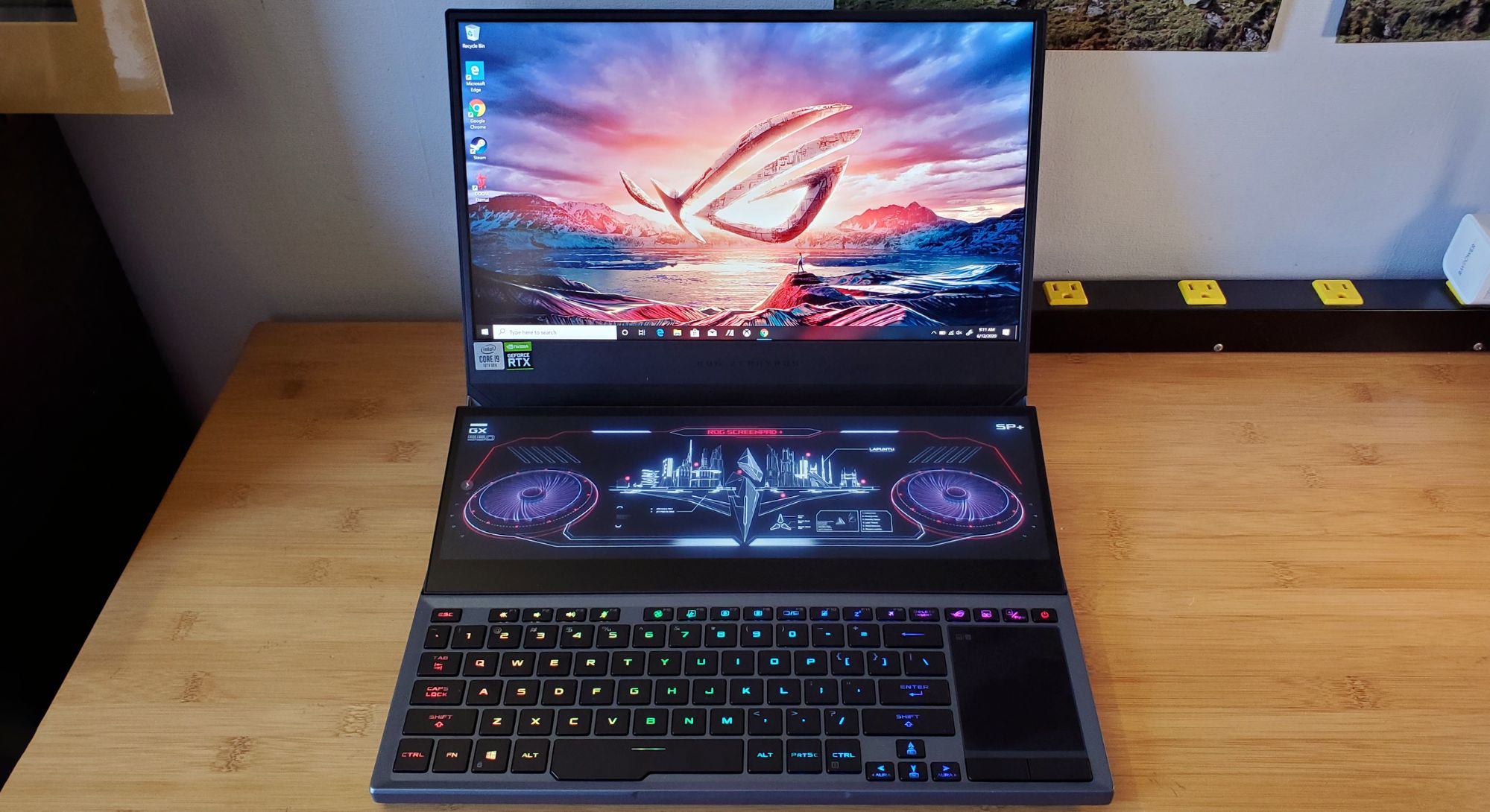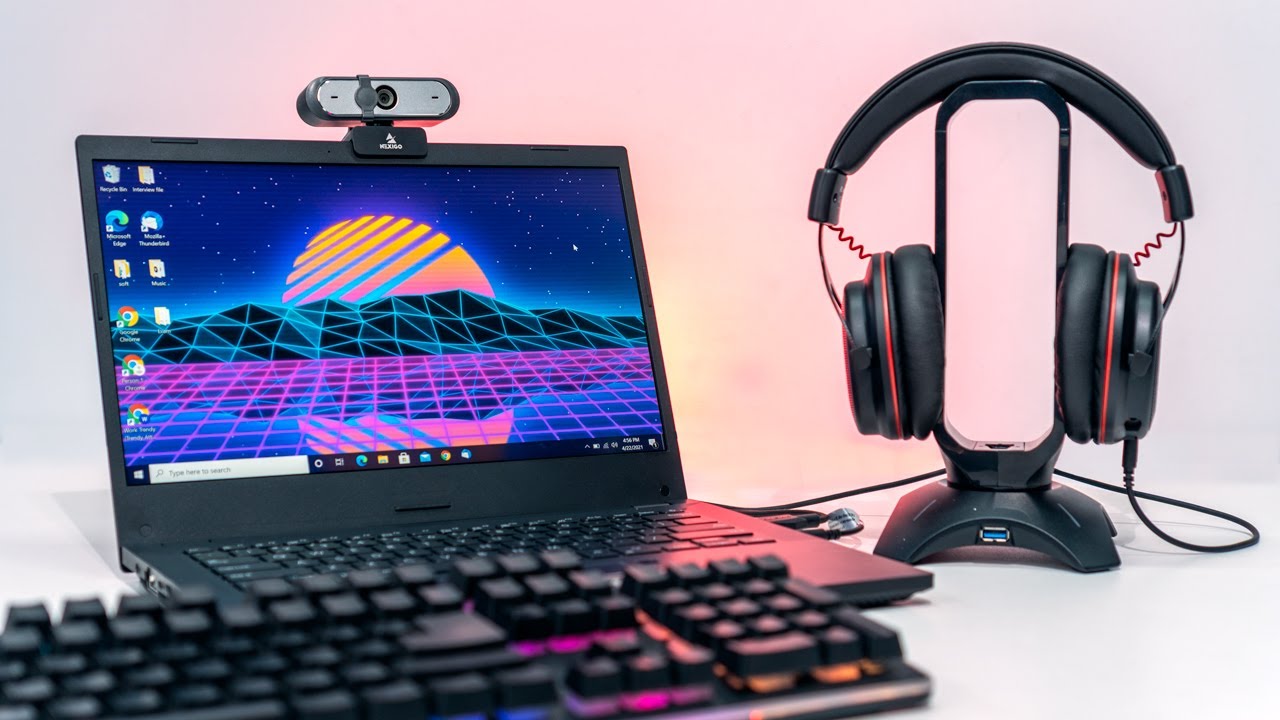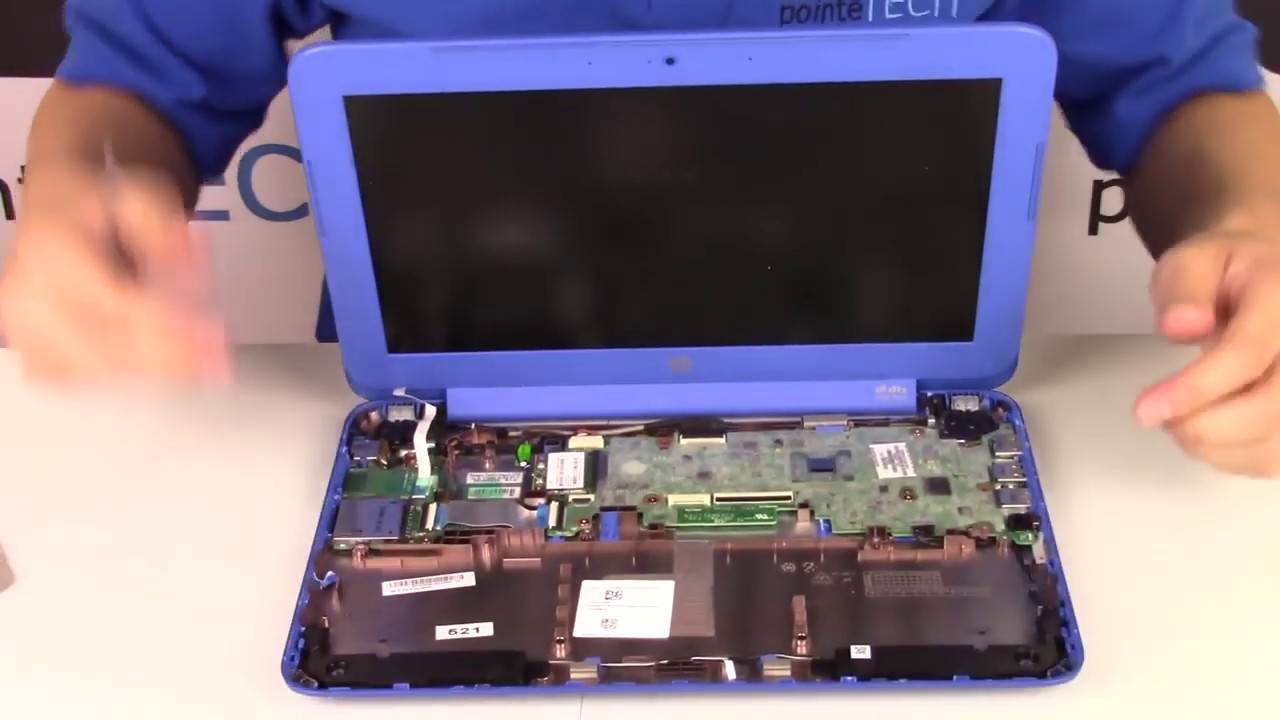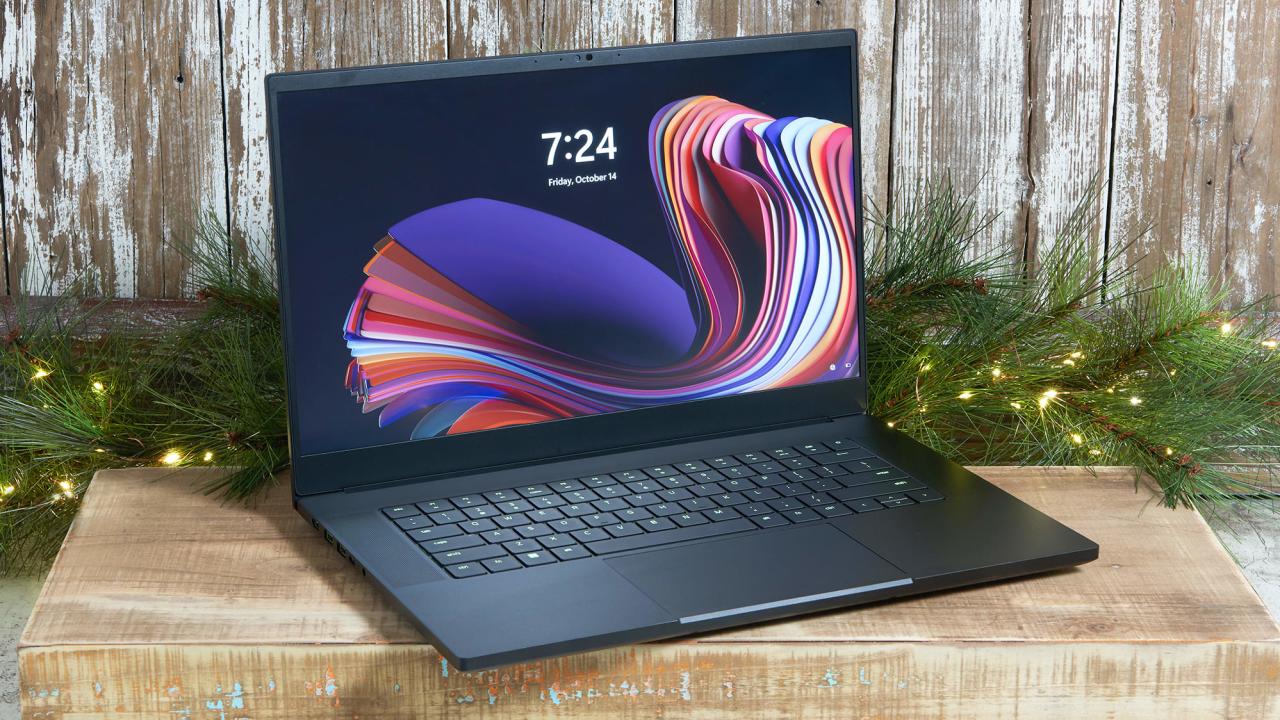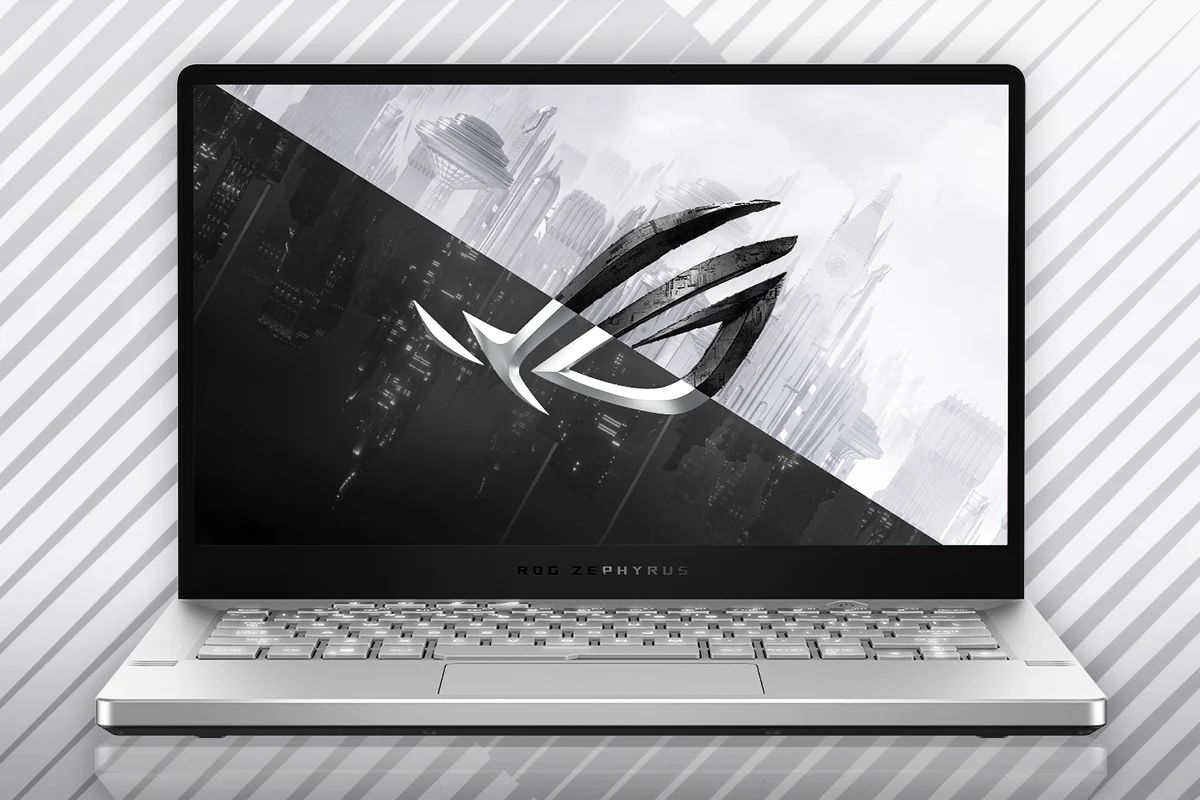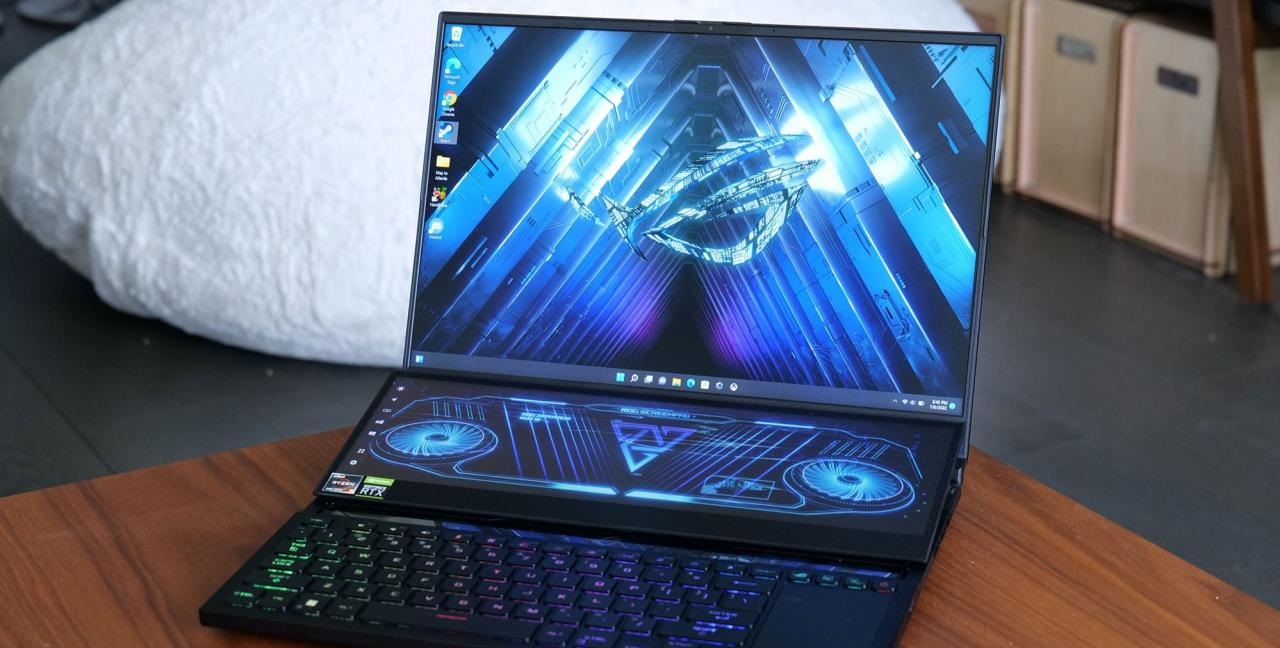Introduction
When it comes to using a laptop, one common concern among users is the behavior of the monitor when the laptop is closed. Many users prefer their monitor to remain on even when the laptop lid is closed, whether it’s to continue working on an external display or to keep an eye on ongoing tasks. However, by default, most laptops are configured to turn off the monitor when the lid is closed. This can be inconvenient for many users who rely on keeping their monitor on at all times.
In Windows 11, there are various methods and settings that can be adjusted to ensure that the monitor stays on even when the laptop is closed. By customizing your power and sleep settings or modifying power plans, you can easily keep your monitor active and continue working without any interruptions. Additionally, there are third-party software options available that provide even more flexibility and customization for managing the behavior of the monitor when the laptop lid is closed.
In this article, we will explore different methods to keep the monitor on when the laptop is closed in Windows 11. Whether you’re a professional needing to extend your workspace or a student wanting to keep an eye on ongoing research, these methods will help you optimize your laptop usage and ensure that your monitor stays active even when the lid is closed.
Now, let’s dive into the various methods you can use to achieve this desired behavior in Windows 11.
The Importance of Keeping the Monitor On When Laptop Is Closed
There are several reasons why it is important to keep the monitor on even when the laptop is closed. Firstly, many professionals and creative individuals often rely on multiple displays to enhance their productivity. By keeping the monitor on when the laptop lid is closed, you can easily connect an external display to extend your workspace. This allows for a seamless transition between the laptop screen and the external monitor, giving you the flexibility to work on larger projects or multitask efficiently.
Furthermore, keeping the monitor on when the laptop is closed can be beneficial for those who frequently use their laptop for presentations. Instead of relying solely on the laptop screen, you can connect your laptop to a projector or an external display and keep the lid closed. This provides a cleaner and more professional setup, allowing you to focus on delivering your presentation without any distractions.
In addition, keeping the monitor on when the laptop is closed can be advantageous for users who need to monitor certain tasks or processes continuously. For example, if you are downloading large files, running data analysis, or rendering videos, you may want to keep an eye on the progress while working on other tasks. By keeping the monitor on, you can easily glance at the screen without having to open the laptop lid repeatedly, saving time and effort.
Moreover, for individuals who use their laptop as a media center or entertainment hub, keeping the monitor on when the laptop is closed allows for a more immersive viewing experience. You can connect your laptop to a larger screen, such as a television, and comfortably enjoy movies, TV shows, or gaming sessions without the distraction of an open laptop lid.
Overall, the ability to keep the monitor on when the laptop is closed provides greater flexibility, productivity, and convenience. It allows users to extend their workspace, deliver presentations more effectively, monitor ongoing tasks, and enjoy a more immersive entertainment experience. By exploring the methods to achieve this behavior in Windows 11, you can tailor your laptop usage to suit your specific needs and preferences.
How to Keep Monitor On When Laptop Is Closed in Windows 11
If you want to keep the monitor on when the laptop lid is closed in Windows 11, there are several methods you can try. These methods involve adjusting power and sleep settings, modifying power plans, adjusting advanced power settings, or utilizing third-party software. Let’s explore each method in detail:
Method 1: Using Power & Sleep Settings
The simplest way to keep the monitor on when the laptop is closed is by adjusting the settings in the Power & Sleep section of your Windows 11 system settings. Here’s how:
- Go to “Settings” by clicking on the Start menu and selecting the gear icon.
- Select “System” and then choose “Power & Sleep” from the left-hand menu.
- Under the “When my PC is asleep and on battery power, turn off the display after” and “When my PC is asleep and plugged in, turn off the display after” options, choose “Never” from the drop-down menus.
- Scroll down and ensure that the “Close the lid” option is set to “Do nothing” for both on battery power and when plugged in.
- Click “Apply” and then “OK” to save the changes.
Method 2: Modifying Power Plans
If the previous method doesn’t work for you, you can try modifying the power plans in Windows 11. Here’s how:
- Go to “Settings” by clicking on the Start menu and selecting the gear icon.
- Select “System” and then choose “Power & Sleep” from the left-hand menu.
- Click on the “Additional power settings” link under the “Related settings” section.
- In the Power Options window, click on “Change plan settings” next to the power plan you’re currently using.
- Click on “Change advanced power settings.”
- Expand the “Power buttons and lid” section and then the “Lid close action” section.
- Set both the “On battery” and “Plugged in” options to “Do nothing.”
- Click “Apply” and then “OK” to save the changes.
Method 3: Adjusting Advanced Power Settings
If the above methods don’t give you the desired result, you can try adjusting the advanced power settings. Here’s how:
- Follow steps 1-4 from Method 2 to open the Power Options window and select your power plan.
- Click on “Change advanced power settings.”
- Scroll down and expand the “Display” section.
- Expand the “Enable adaptive brightness” section and set both the “On battery” and “Plugged in” options to “Off.”
- Click “Apply” and then “OK” to save the changes.
Method 4: Using Third-Party Software
If the built-in settings and options in Windows 11 don’t meet your requirements, you can explore third-party software solutions that provide more advanced control over your laptop’s power settings. Some popular options include “Don’t Sleep,” “Insomnia,” and “TeamViewer.” Make sure to research and choose one that best suits your needs and has positive reviews from users.
By implementing one of these methods, you can keep the monitor on when the laptop is closed in Windows 11, providing you with the flexibility and convenience you desire.
Method 1: Using Power & Sleep Settings
Adjusting the power and sleep settings is one of the easiest ways to keep the monitor on when the laptop lid is closed in Windows 11. By customizing these settings, you can ensure that your monitor stays active even when the laptop is closed. Here’s how you can do it:
- Click on the Start menu and select the gear icon to open the Settings.
- In the Settings window, choose “System” and then click on “Power & Sleep” in the left-hand menu.
- Under the “When my PC is asleep and on battery power, turn off the display after” and “When my PC is asleep and plugged in, turn off the display after” options, select “Never” from the drop-down menus.
- Scroll down to the “Lid and power button settings” section and ensure that the “Close the lid” option is set to “Do nothing” for both on battery power and when plugged in.
- Click on “Apply” and then “OK” to save the changes.
By following these steps, your laptop’s monitor will remain active even when the lid is closed. This allows you to connect an external display and extend your workspace or simply keep an eye on ongoing tasks without the need to constantly open and close the laptop lid.
It’s worth noting that adjusting the power and sleep settings may impact the battery life of your laptop. Keeping the monitor on when the laptop lid is closed may consume more power, so it’s recommended to use this setting when your laptop is connected to a power source. If you’re using your laptop on battery power, consider adjusting the settings accordingly to maximize battery life.
Additionally, it’s important to ensure that your laptop is placed on a flat and ventilated surface when the monitor is on. The closed lid may affect the laptop’s heat dissipation, so proper ventilation is crucial to prevent overheating.
Overall, using the power and sleep settings in Windows 11 is a simple and effective method to keep the monitor on when the laptop lid is closed. It allows for greater productivity, extended workspace, and easier monitoring of tasks, providing a more versatile and convenient laptop experience.
Method 2: Modifying Power Plans
If adjusting the power and sleep settings doesn’t give you the desired result, you can try modifying the power plans in Windows 11 to keep the monitor on when the laptop lid is closed. This method provides you with more control over the power settings and can help you achieve the desired behavior. Here’s how you can do it:
- Click on the Start menu and select the gear icon to open the Settings.
- In the Settings window, choose “System” and then click on “Power & Sleep” in the left-hand menu.
- Under the “Related settings” section, click on the “Additional power settings” link.
- In the Power Options window, you will see the power plans available on your laptop.
- Identify the power plan that is currently in use (it is usually indicated by a checkmark).
- Next to the power plan, click on “Change plan settings.”
- Click on “Change advanced power settings.”
- A new window will open with advanced power options. Look for the “Power buttons and lid” section and expand it.
- Within the “Lid close action” section, you will find separate options for “On battery” and “Plugged in”. Change both options to “Do nothing”.
- Click on “Apply” and then “OK” to save the changes.
By modifying the power plans and setting the lid close action to “Do nothing”, you can ensure that the monitor stays on when the laptop lid is closed. This allows you to connect an external display and use it as your primary monitor without any interruptions or concerns about the laptop’s lid position.
It’s important to note that modifying power plans may affect other power-related settings on your laptop. It’s recommended to review and adjust other settings according to your preferences and requirements. For example, you can adjust the screen-off duration or battery saver settings to optimize power usage while still keeping the monitor on when the laptop is closed.
If you don’t see the “Change advanced power settings” option, it’s possible that your current power plan does not allow you to modify advanced settings. In this case, you can create a new power plan or switch to a different one that provides the flexibility to adjust these settings.
Overall, modifying power plans in Windows 11 is a useful method to customize the behavior of the monitor when the laptop lid is closed. It gives you more control over the power settings and allows for a seamless transition to using an external display as your primary monitor.
Method 3: Adjusting Advanced Power Settings
If the previous methods didn’t yield the desired results, you can try adjusting the advanced power settings in Windows 11 to keep the monitor on when the laptop lid is closed. This method provides more fine-grained control over the power options and can help you achieve the desired behavior. Here’s how you can do it:
- Click on the Start menu and select the gear icon to open the Settings.
- In the Settings window, choose “System” and then click on “Power & Sleep” in the left-hand menu.
- Under the “Related settings” section, click on the “Additional power settings” link.
- In the Power Options window, you will see the power plans available on your laptop.
- Identify the power plan that is currently in use (usually indicated by a checkmark).
- Next to the power plan, click on “Change plan settings.”
- Click on “Change advanced power settings.”
- A new window will open with advanced power options.
- Scroll down and locate the “Display” section, then expand it.
- Within the “Display” section, locate and expand the “Enable adaptive brightness” section.
- For both “On battery” and “Plugged in” options, set them to “Off”.
- Click on “Apply” and then “OK” to save the changes.
By adjusting the advanced power settings, specifically disabling the adaptive brightness feature, you can ensure that the monitor stays on when the laptop lid is closed. Adaptive brightness is a feature that adjusts the brightness level of the screen based on ambient lighting conditions. Disabling this feature ensures that the brightness remains constant and doesn’t affect the behavior of the monitor when the laptop lid is closed.
It’s worth noting that some laptops may have additional power settings and options specific to their hardware. These settings can vary, so it’s recommended to explore the advanced power options and look for any additional settings or options related to the behavior of the monitor when the lid is closed. Consult your laptop’s documentation or visit the manufacturer’s support website for more information specific to your device.
Remember to save the changes and test the behavior of the monitor when the laptop lid is closed after adjusting these advanced power settings. If the issue persists, you may need to consider other methods, such as using third-party software, to achieve the desired behavior.
Overall, adjusting the advanced power settings in Windows 11 provides more control over the behavior of the monitor when the laptop lid is closed. Customizing these settings can help you keep the monitor on and ensure a seamless experience whether you’re relying on an external display or monitoring ongoing tasks without interrupting your workflow.
Method 4: Using Third-Party Software
If the built-in settings and options in Windows 11 are not sufficient to keep the monitor on when the laptop lid is closed, you can explore third-party software solutions. These software tools offer additional features and customization options, allowing you to have more control over the behavior of the monitor. Here’s how you can use third-party software to achieve the desired result:
1. Don’t Sleep: Don’t Sleep is a lightweight software that prevents your laptop from going into sleep mode when the lid is closed. It allows you to override the default power settings and keep your monitor on, regardless of the lid position. Simply download and install Don’t Sleep, launch the program, and configure the settings to keep the monitor active when the laptop lid is closed.
2. Insomnia: Insomnia is another useful tool that prevents your laptop from going to sleep or turning off the display. It offers various settings and allows you to customize the behavior of the monitor when the lid is closed. With Insomnia, you can easily keep the monitor on and continue working on an external display or monitor ongoing tasks without interruptions.
3. TeamViewer: While primarily known for remote desktop functionality, TeamViewer can also be used to keep the monitor on when the laptop lid is closed. Simply install TeamViewer on your laptop and another device (such as a smartphone or another computer) and establish a remote connection. By accessing your laptop remotely, you can keep the display active and work on your laptop even when the lid is closed.
Remember to research and choose a trusted third-party software tool that suits your specific needs and has positive user reviews. It’s essential to download software from reputable sources and ensure that it is compatible with your version of Windows and laptop hardware.
Using third-party software may give you more advanced features and customization options, but keep in mind that it can also impact system performance and security. Ensure that you have proper antivirus protection and scan any downloaded software for potential threats before installation.
By leveraging third-party software solutions, you can achieve the desired behavior of keeping the monitor on when the laptop lid is closed. These tools provide enhanced control over your laptop’s power settings and offer more flexibility in tailoring the behavior of the monitor to your specific requirements.
Tips and Considerations
When aiming to keep the monitor on when the laptop lid is closed in Windows 11, there are some additional tips and considerations to keep in mind. These suggestions can help you optimize your laptop usage and ensure a smooth experience. Here are some valuable tips to consider:
1. Ventilation: Ensure that your laptop is placed on a flat and well-ventilated surface when the monitor is on. Closed lids may affect the laptop’s heat dissipation, so it’s crucial to promote proper airflow and prevent overheating.
2. Power Source: Keeping the monitor on when the laptop lid is closed may consume more power. It’s recommended to use this setting when your laptop is connected to a power source. If you’re using your laptop on battery power, consider adjusting the settings accordingly to maximize battery life.
3. Battery Saver Settings: Windows 11 offers battery saver settings that can help extend battery life. Adjusting these settings can help optimize power consumption while still keeping the monitor on when the laptop lid is closed. Explore the battery saver options in your laptop’s power settings.
4. Testing and Compatibility: It’s essential to test the behavior of the monitor when the laptop lid is closed after making any adjustments or installing third-party software. Ensure compatibility with your laptop’s hardware and verify that the desired behavior is achieved consistently.
5. Manufacturer-Specific Settings: Some laptop manufacturers provide their own software or settings to control the behavior of the monitor when the laptop lid is closed. Check your laptop’s documentation or visit the manufacturer’s support website to explore any specific settings or options available to you.
6. Updates and Maintenance: Regularly update your Windows operating system and any third-party software you are using. Updates can address compatibility issues, improve performance, and provide additional features and functionality.
7. Backup: Whenever making significant changes to your laptop’s power settings or installing third-party software, it is a good practice to back up your important files and data. This ensures that you can easily restore your system if any issues arise during the process.
By considering these tips and taking them into account, you can optimize your laptop’s usage, keep the monitor on when the lid is closed, and ensure a smooth and comfortable experience tailored to your specific needs.
Conclusion
Keeping the monitor on when the laptop lid is closed is a valuable feature that enhances productivity, provides convenience, and allows for a seamless transition to external displays. In Windows 11, there are various methods to achieve this desired behavior, each with its own advantages and considerations.
By adjusting the power and sleep settings, modifying power plans, adjusting advanced power settings, or utilizing third-party software, you can customize your laptop’s behavior and ensure that the monitor stays active even when the lid is closed. These methods provide flexibility for professionals who require extended workspaces, presenters who want a streamlined setup, and users who want to monitor ongoing tasks or enjoy an immersive entertainment experience.
It’s important to remember that adjusting power settings and using third-party software may impact battery life and system performance. Carefully consider power consumption and cooling requirements to ensure optimal functionality and prevent overheating. Additionally, always verify compatibility and thoroughly research any third-party software before installation.
In conclusion, Windows 11 offers multiple options to keep the monitor on when the laptop lid is closed, empowering users to personalize their laptop usage based on their specific needs. Whether you’re a professional, student, presenter, or entertainment enthusiast, these methods allow for a more versatile laptop experience. By implementing the appropriate method and considering the tips provided, you can optimize the behavior of your monitor and enjoy uninterrupted workflows, enhanced presentations, and immersive entertainment sessions.







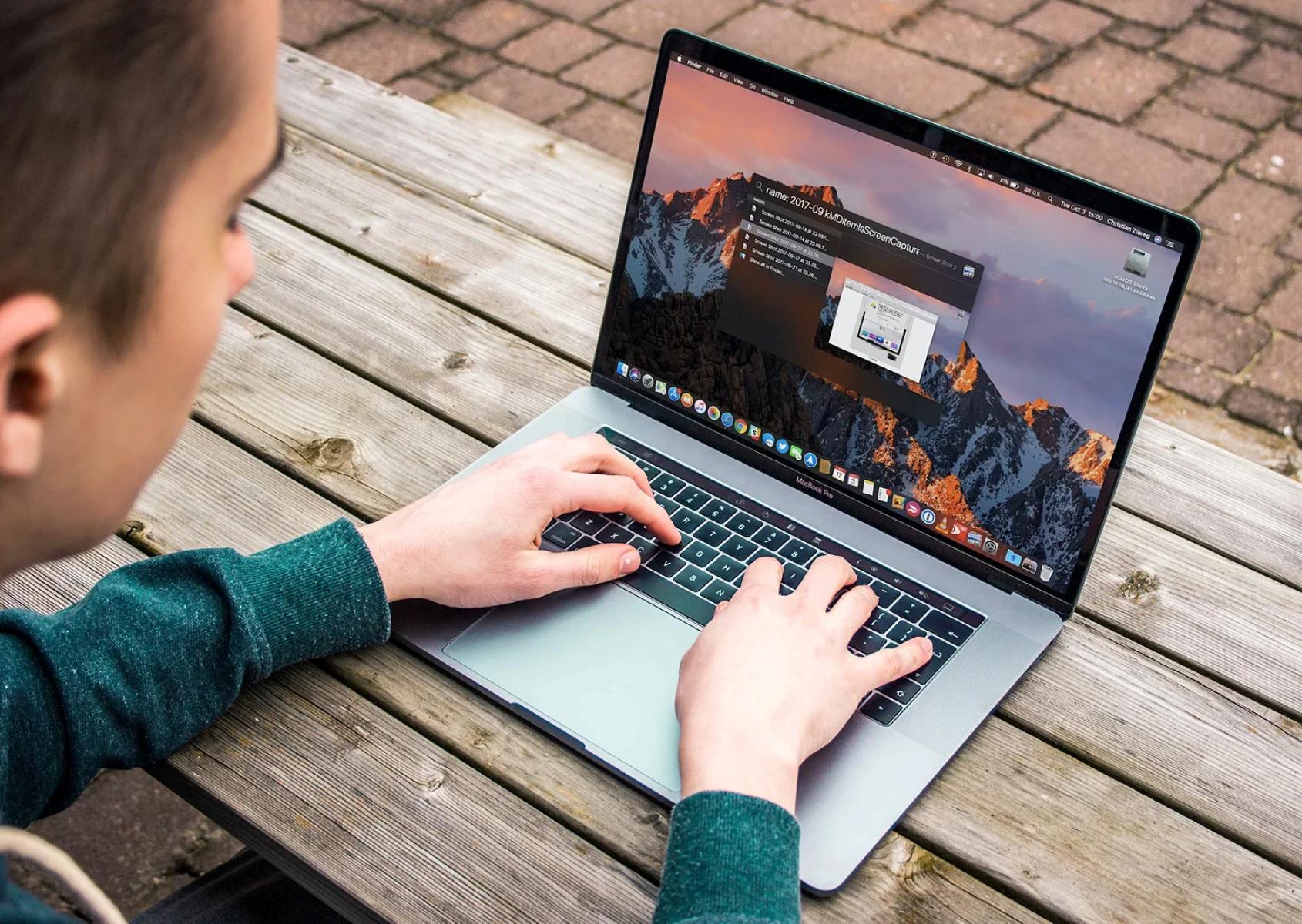

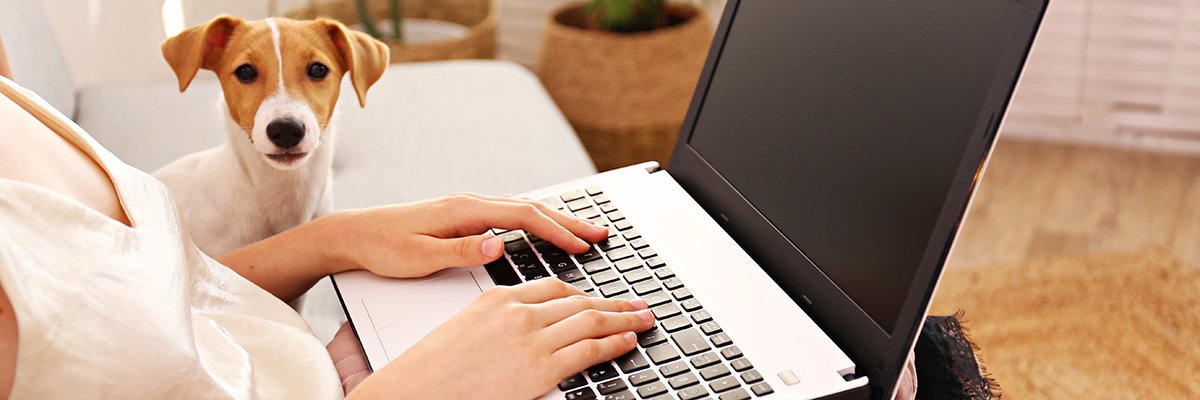
![Setting Up Dual Monitors With Your Laptop [Easy Guide]](https://robots.net/wp-content/uploads/2022/07/workstation-405768_1920-300x202.jpg)
